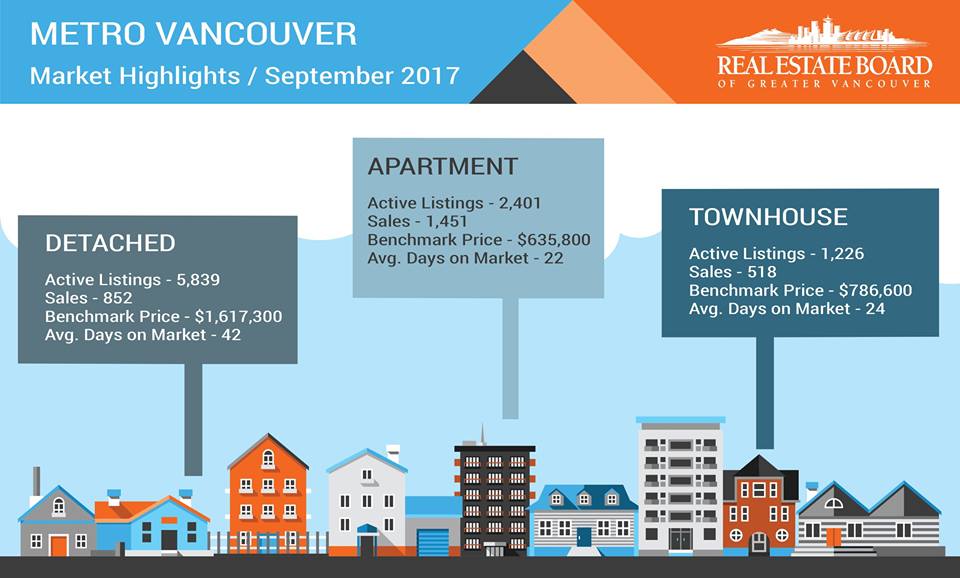
A new report from Central 1 Credit Union suggests Metro Vancouver’s housing market could be bouncing back faster than anticipated.
“Home sales have returned to more normal levels following over a year of policy-induced declines but B.C.’s sales recovery has lagged the rest of Canada,” according to Central 1 deputy chief economist Bryan Yu.
Yu said a decline in prices, particularly in the Lower Mainland, has also helped attract buyers back to the market.
“A growing number of buyers in the region have idled on the sidelines waiting for improvements in affordability following mortgage stress tests,” according to the report.
“Significant price declines over the past year and lower borrowing costs have buyers returning to the market among all housing types, particularly in the lower priced condominium sector.”
Province-wide, Yu said he anticipates 2019 to finish with a seven per cent drop in residential resale transactions, but forecasts a 13 per cent increase in 2020, followed by another four per cent hike in 2021.
Along with an increase in sales activity, Central 1 is forecasting a return to climbing prices.
The institution said prices could increase by 3.8 per cent next year and a further four per cent in 2021.
“Metro Vancouver will lead this increase which will undoubtedly bring affordability challenges back into the spotlight,” said Yu.
The report also predicted ongoing tightness in the rental market.
The Central 1 report reflects a growing consensus that the province’s housing market is rebounding after a slump that hit the Lower Mainland particularly hard.
Last month, the Canada Mortgage and Housing Corporation (CMHC) released a report predicting sales and prices in B.C. would begin to stabilize in 2020 and accelerate in 2021.
The CMHC forecast suggested B.C.’s real estate market would out-perform the rest of Canada.
“British Columbia will see modest recovery in price growth in 2020 from a decline in 2019, but rise to the second-highest rate of price growth after Ontario in 2021,” stated the report.
The benchmark price for a detached home across the Lower Mainland was $1,410,500, down 7.5 per cent from October 2018, but up 0.3 per cent from September, according the board.
The benchmark price of an apartment across the region was $652,500, down 5.9 per cent from October 2018, but up 0.2 per cent from September.
Source: Global News – Simon Little



Recent Comments